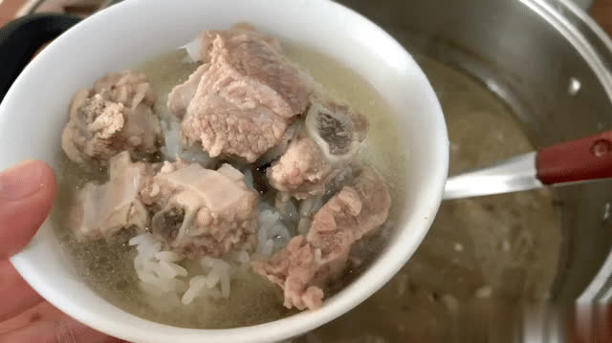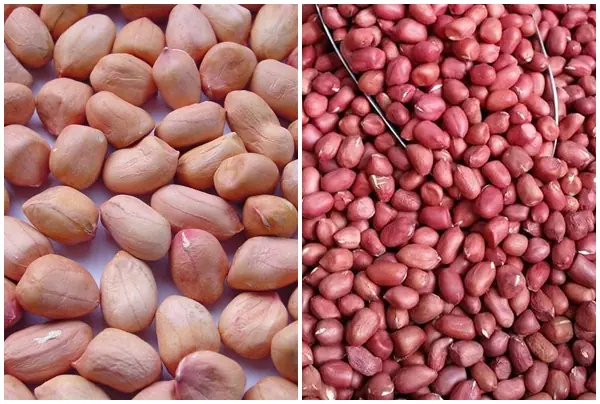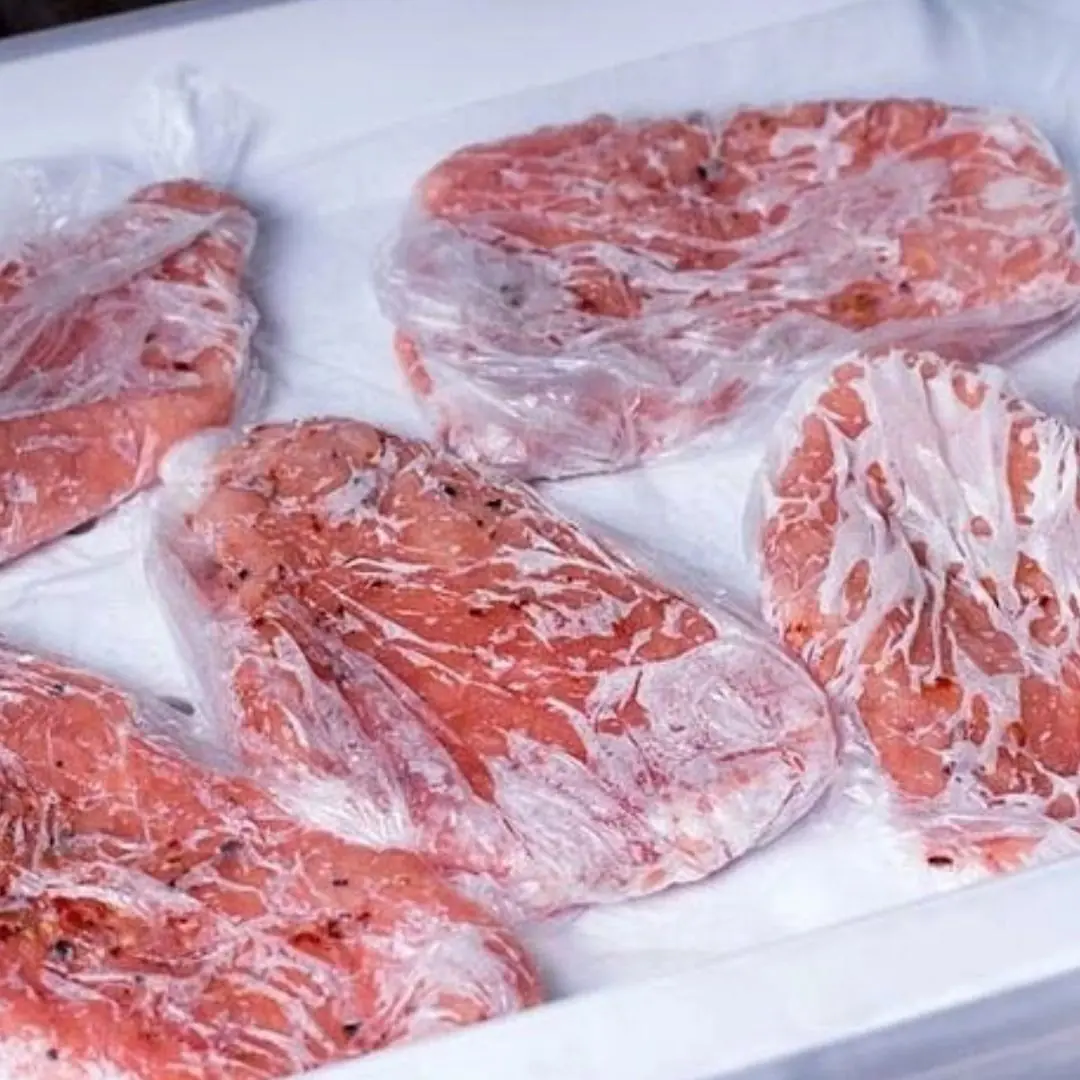
Blanch Bones First or Simmer Directly?
Blanch Bones First or Simmer Directly? A Professional Chef Reveals the Proper Way to Make Nutritious and Flavorful Broth
How do you cook bones to make them clean, tasty, and nutrient-rich? Should you blanch them first or simmer them directly? Many people have their own methods, but according to a professional chef, neither of these common approaches is entirely correct. Here's the right way to do it for the best results.
The Common Misconception
These days, many people believe that when simmering bones, meat, or poultry, you must first blanch them in boiling water to “clean” them. Otherwise, it’s assumed to be unsafe or impure. However, the truth is: you do not need to blanch bones in boiling water before making broth.
The Correct Method
Step 1: Rinse under running water — never soak.
Place the bones under cold, running water and rinse continuously for about 20 minutes. Do not soak them in standing water. This method effectively removes residual blood, reduces odors, and preserves the bone's natural flavor and nutrients. It also helps keep the meat tender and fresh.
Step 2: Bring bones to a boil from cold water.
Place the rinsed bones in a pot of cold water. Slowly bring to a boil over low heat. Once it reaches a rolling boil, immediately remove the bones, rinse them gently in warm water to eliminate scum and impurities, then let them cool slightly.
Step 3: Simmer with aromatics.
Transfer the bones to a clay pot or soup pot with fresh cold water, add sliced ginger and scallions, and bring to a boil over medium heat. Once boiling, reduce to low heat and simmer gently for about 40 minutes. This method creates a clear, aromatic broth with tender meat and a naturally sweet flavor.
Important Tips
-
Add salt only after 80% of the cooking time has passed.
Adding salt too early causes the meat to become tough and lose its natural aroma. If your ribs or bone-in meat often turn out rubbery or bland, early seasoning may be the reason. For extra flavor, consider serving with a splash of soy sauce instead of oversalting the broth. -
Avoid over-seasoning.
Using too many spices or condiments will mask the natural umami and sweetness of the bones. Let the broth shine on its own.
Key to Great Broth: Heat and Timing
Heat control and timing are the two most critical elements. The bones should be simmered until just tender—not falling apart—to preserve both texture and taste. Overcooking may result in a murky broth and mushy texture.
Once finished, there’s no need to add extra flavorings. Through the gradual transition from high to low heat, the essence of the bones and marrow has already infused the broth, resulting in a delicious, full-bodied soup.
Final Thought
Never blanch bones in boiling water. The key to a clean, flavorful, and nutritious broth lies in the proper cleaning method and careful heat control. Done right, this technique will give you tender, aromatic meat and crystal-clear soup, packed with natural depth and flavor.
News in the same category


Top vegetable to help reduce visceral fat extremely effectively, nutritionist reveals 4 more easy ways to lose weight

3 Common Yet Har.mful Ways People Store Bean Sprouts — Convenient but Nutrient-Depleting and Risky to Health

2 Hidden Spots in Your Washing Machine That Make Clothes Dirtier

Summer, how to choose the right naturally sweet ripe watermelon: No need to type, just look at one spot and you'll know right away

2 "hidden corners" of the washing machine that make clothes dirtier the more you wash them, 90% of people don't know

These 5 plants are the "nemesis" of formaldehyde: Swallow fine dust, purify air very well

8 habits to keep your kidneys healthy

3 Smart Tips to Keep Shrimp Fresh for a Year—Still Firm, Sweet, and Delicious

4 taboos when defrosting food, know and avoid "inviting disaster"

How harmful is cooking oil for pets when used in food processing?

Is bee sting da.ng.erous and what is first aid?

Don’t Throw Away Lemon Peels

The difference between red peanuts and white peanuts

We have a habit of freezing meat and fish to eat gradually, so how long can frozen food be used to ensure safety and quality?

Want crisp, juicy, and delicious apples?

Ways to Maximize the Health Benefits of Cinnamon

With just a few simple tips below, you can keep ginger fresh for up to 6 months, without refrigeration, without taking much time.

9 Natural Remedies For Teeth Whitening
News Post

4 Things to Avoid After 5 PM to Lower Your Risk of Stro.ke

Doctors Warn: This Common Way of Eating Boiled Eggs Can Clog Your Arteries

2 Common Vegetables That Can Harbor Parasites

The 'Vitamin C King' of the Vegetable World

Avoid Swimming If You Spot 'Square Waves'

3 Green Vegetables Called the “King” of Sto.mach Protection

Why You Should Not Bring Seeds on a Plane: A Detailed Explanation

Bladder Ca.ncer: Symptoms You Shouldn’t Ignore

4 Healing Drinks to Prevent and Dissolve Kidney Stones

10 Powerful Reasons a Simple Smile Can Change Your Life

The Surprising Benefits of Donating Bl.o.od

5 types of vegetables and fruits help cool the liver and effectively lower liver enzymes

Top vegetable to help reduce visceral fat extremely effectively, nutritionist reveals 4 more easy ways to lose weight

Woman Sudden Kidney Failure After Meal: Doctor Says “This Vegetable Is Poisonous… You Shouldn’t Eat It”

3 Critical Mistakes You Must Never Make with a Stro.ke Victim — Regret Won’t Undo the Damage

3 Common Mistakes in Storing Watermelon During Summer

Shocking Truth: Black Garlic Isn’t for Everyone — 5 Types of People Who Should Avoid or Limit It Immediately

When Buying Oysters, Avoid These 3 Types
